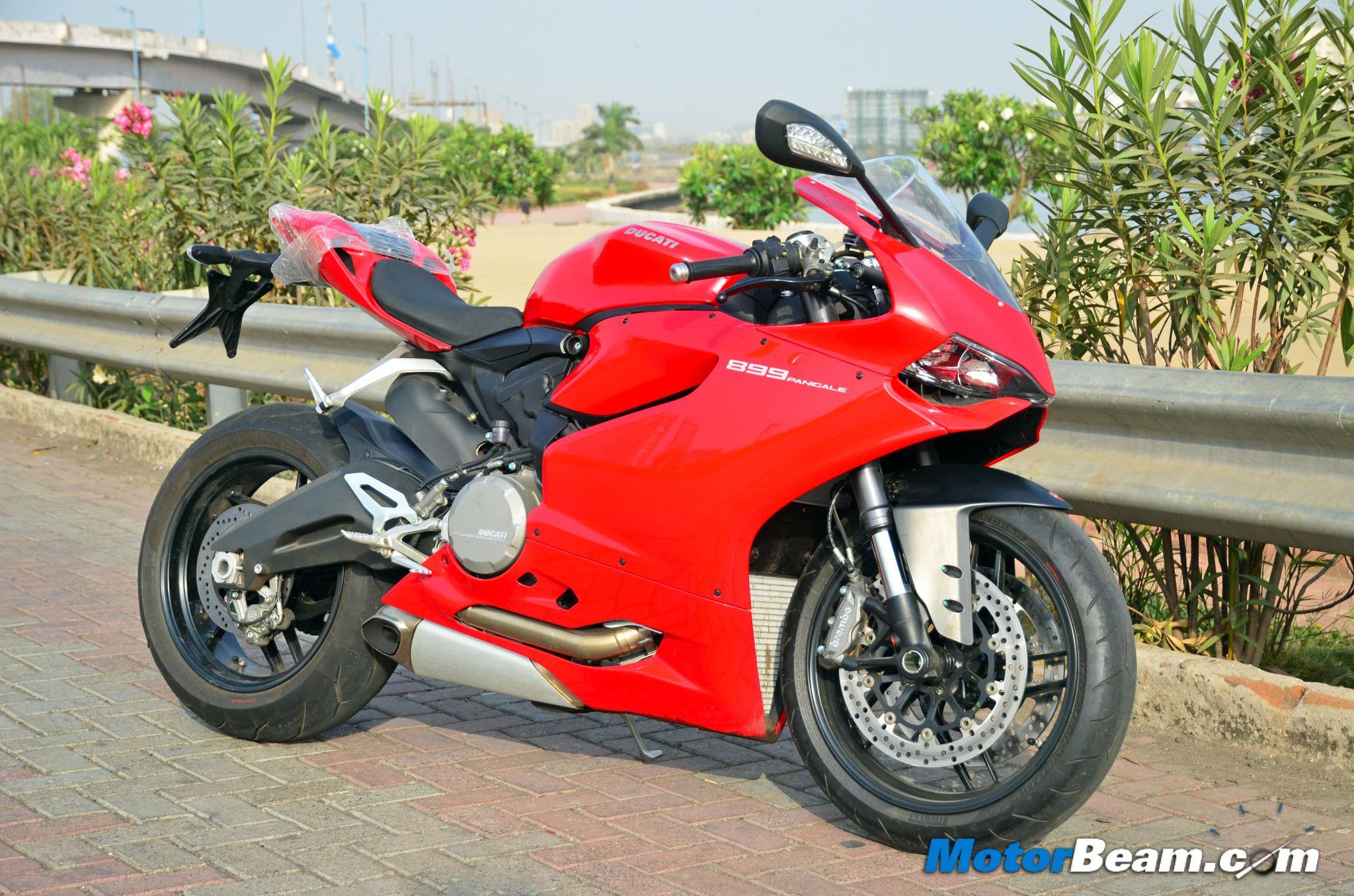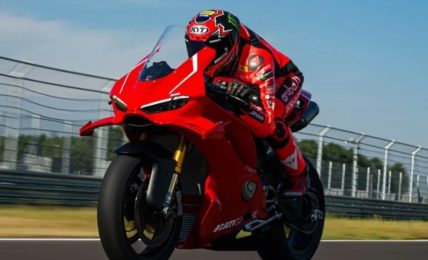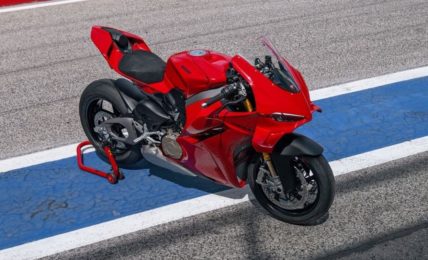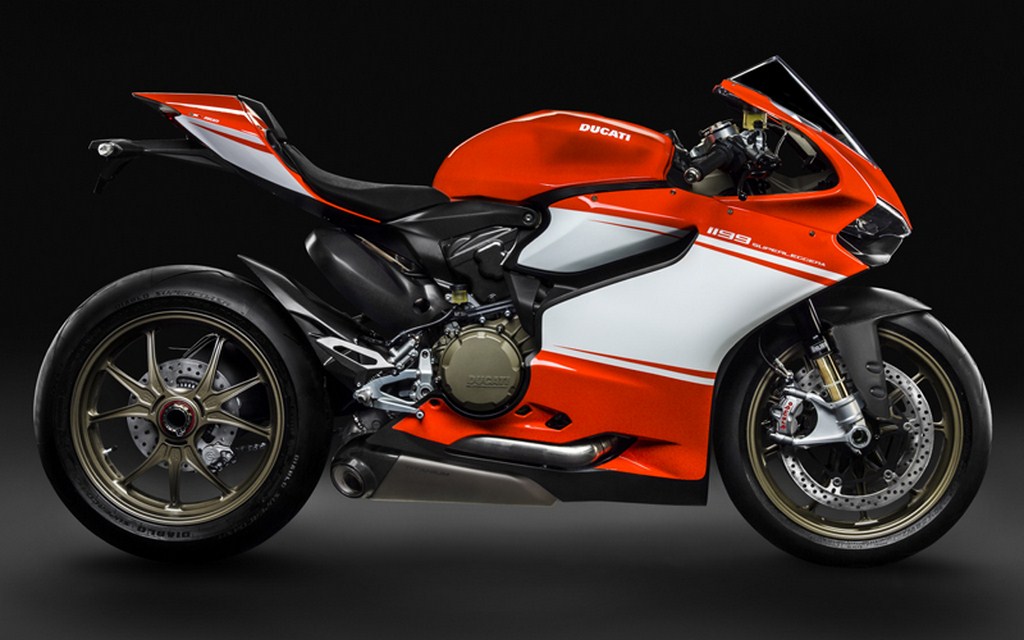Text – Faisal Khan; Pictures – Om Vaikul

Ducati Panigale 899 Review
Bike Tested: 2015 Ducati Panigale 899
Price OTR Mumbai: Rs. 16.85 lakhs
The Ducati Panigale 899 is by far the more suited bike from the Panigale range for India
When it comes to 2-wheelers, few have the brand aura of a Ducati. It won’t be wrong to call Ducati the Ferrari of two wheels. In their second coming to India, this time under Audi ownership, Ducati has set-up an Indian subsidiary and waved goodbye to the private importer who failed to deliver motorcycles and made the experience of owning the Italian machine sour. Ducati India has gone the long haul, bringing almost its entire range to India and it’s the Panigale which is the most exciting. Ducati has four models under the Panigale range and the difference between the cheapest model (899 Panigale) and the second cheapest (1299 Panigale) is a whooping Rs. 19.46 lakhs. Thus, the Panigale 899 not only looks quite attractively priced but is all the superbike we Indians need. We hop on this red machine to see what’s so special.
This Ducati misses out on front LED headlights, it is very sharp looking though
The Panigale 899 replaces the 848 Evo in Ducati’s lineup. This motorcycle shares a lot with the flagship Panigale 1299 in terms of design and it does look gorgeous, turning attention instantly on our roads. What really looks striking are the lights (doesn’t get LED headlights like its elder brother), more so the ones at the rear which look smashing, however the big indicators at the rear seem out of place on this machine. What this bike doesn’t get is a single-sided swingarm and Ducati has opted for the more cost-effective double-sided swingarm on this baby Panigale. The other important missing equipment is slipper clutch but besides that, the 899 has most of the good bits expected from a supersport Ducati.
Easy to read all digital instrument cluster is loaded with a lot of information
The instrument cluster is a LCD unit (the bigger Panigale gets a full-colour TFT) and is easy to read with the top most part having the tell-tale lights while the top of the display has the tachometer. There is a lot of information on the console and one can toggle between the two menus to see various things like fuel, trip, mileage, speed, etc. The motorcycle also gets three riding modes – Wet (default mode which limits power to 110 HP), Sport and Race. The switchgear is of immaculate quality but one will have to get used to it as things aren’t very conventional, turning on the bike requires you to push the switch upwards which then shows the button to start this 898cc, L-Twin engine.
Although not impressive sounding at idle, the motor has the raw bark at higher revs
The Superquadro powerplant outputs 148 HP of power at 10,750 RPM and 99 Nm of torque at 9000 RPM. On idle, the motor sounds rough and is certainly not music to the ears but that changes as you push this Italian machine past the mid-range. There is instant response as you get on the ride-by-wire throttle but real action commences once you hit 7000 RPM, the 899 Panigale whooshing past to its redline in no time. This twin-cylinder mill revs in an instant and simply punches ahead when you ask of it. Even when ridden in the city, this Ducati feels at ease although the heavy clutch will get to you in sometime, heating is a non-issue though.
The mid and top range performance is the most satisfying on the 899 Panigale
The Panigale 899 makes a lovely sweet racket in the top-end of the rev-band
Give the Ducati Panigale 899 the full throttle treatment and it will nudge past 100 km/hr from standstill in 3.6 seconds while the top speed is an impressive 270 km/hr. 0-200 km/hr is done and dusted in 9.2 seconds and the motor is always ready to punch ahead, having more than enough grunt. In-gear acceleration is impressive but you can’t always go a gear higher (at cruising speeds) and expect enough punch to wring the throttle and take off in a jiffy, low-end pull isn’t as strong and it’s best to make use of a downshift, the Ducati Quick Shifter (DQS) enabled transmission working flawlessly to swap cogs.
Handling is crisp and there are a load of systems on board to help go faster
When you get on the saddle, you will immediately notice this is a compact motorcycle, with the riding position being quite aggressive as you lean ahead to grab the handles. Although it weighs more than its elder sibling, it’s still quite light at 193 kgs. This low weight can be attributed to its underpinnings, the Panigale 899 has an aluminium monocoque frame and uses slightly inferior hardware when compared to the bigger Panigale, Showa forks at the front and Sachs suspension at the rear (not Marzocchi or Ohlins but our test bike had Ohlins electronic steering damper). As expected, ride quality is firm but still compliant enough for our roads while the handling is crisp, the bike offering instant feedback and quick turn-ins. The grippy Pirelli Diablo Rosso Corsa tyres do a good job with stability and braking being impressive at all speeds. Loads of electronics are on-board including power modes, riding modes, multi-level traction control (DTC), ABS and Engine Brake Control (EBC).
The Ducati Panigale 899 makes for an attractive motorcycle which seems quite well priced
The Ducati Panigale 899 plays the middle ground very well. While it’s not an all out track machine, it will do reasonably well on it while also having practicality for the streets. Compared to the 1299 Panigale, it does lose out on quite a bit of hardware and equipment but you can get two 899s for the price of the base 1299, such is the cost difference (and we are just talking about the standard Panigale 1299 and not even considering the much pricier S and R models). It might be a 899 but this Ducati Panigale has almost everything to take on litre class machines. Best of all, this Ducati offers as much appeal as the flagship Panigale while being practical enough for more frequent use on Indian roads.
The Ducati Panigale 899 is vastly impressive in many ways, it’s fast, agile and pure eye candy. Not to forget, it’s quite well priced compared to the 1299, making it a super sport worth considering in this segment.
Those indicators look like a miss-fit on what is a very pleasing aesthetic package
What’s Cool
* Beautifully styled motorcycle, grabs attention instantly like every Ducati should
* 898cc mill is very punchy and revs quickly with an impressive sound
* Compact motorcycle which is easy to manoeuvre, handles very sharply
What’s Not So Cool
* Doesn’t sound like a superbike at idle
* Ducati’s dealership network is limited when compared to rivals
Further Reading –
Ducati Monster 795 Review
Ducati Diavel Review




